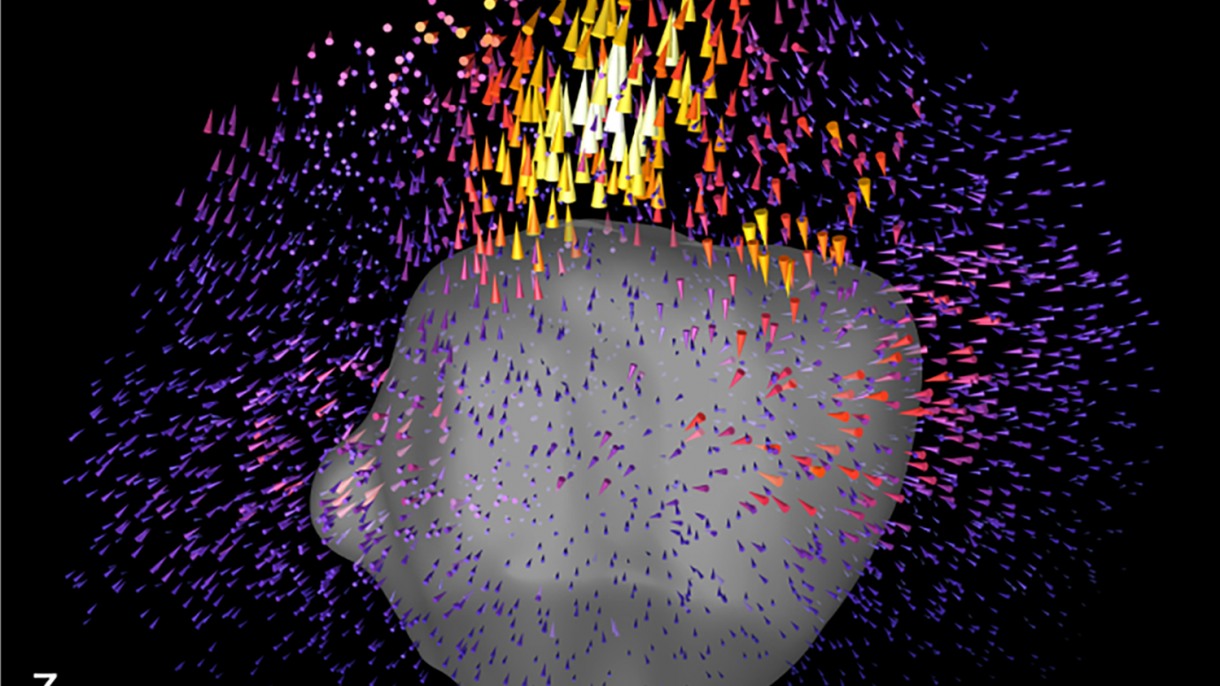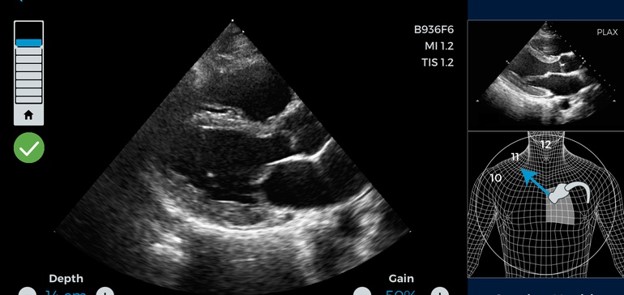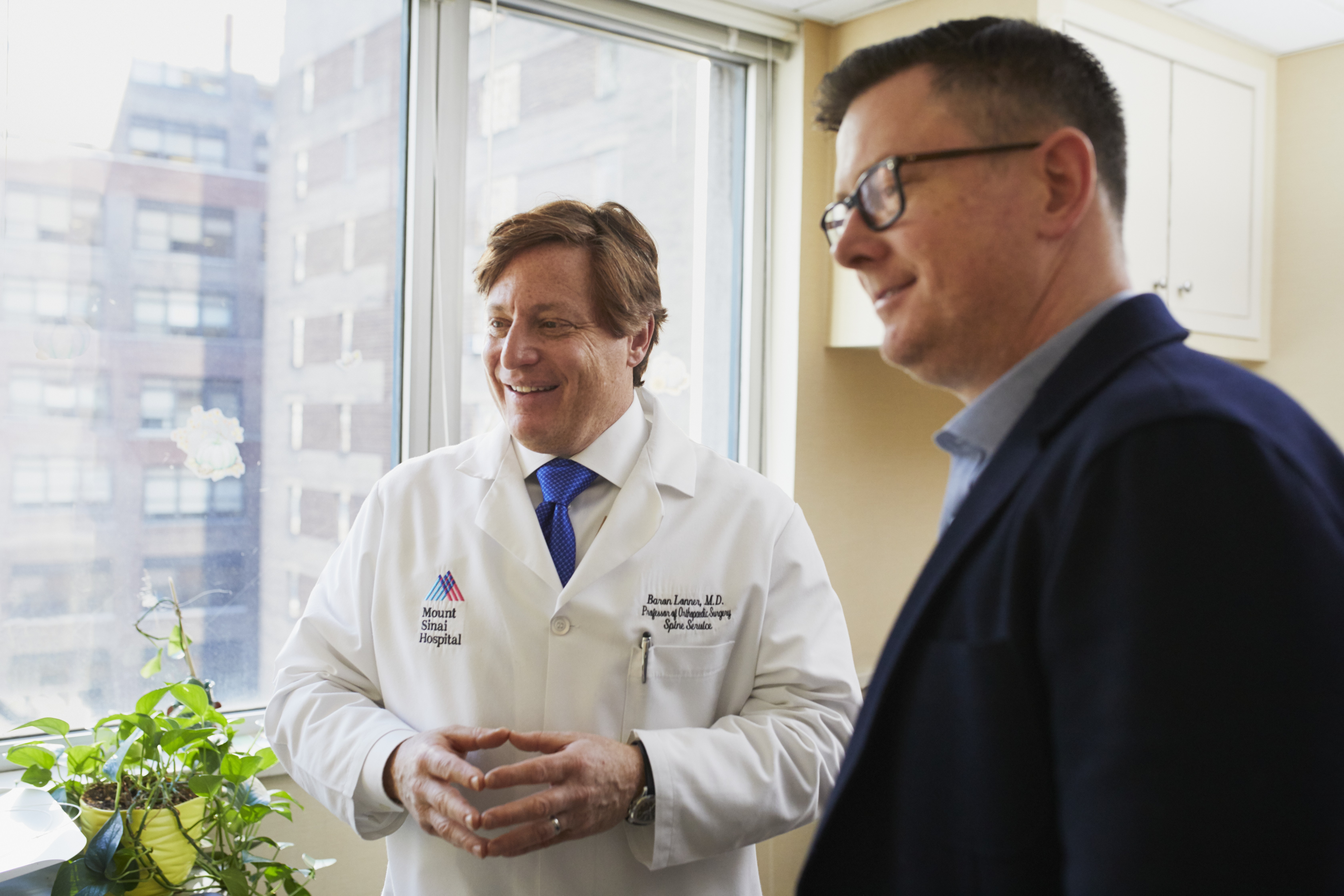Scientists have reprogrammed cells from a 114-year-old woman into induced pluripotent stem cells (iPS cells). This discovery is a significant step towards understanding the underlying mechanisms of extreme longevity and disease resistance.
Studying supercentenarians, people who have lived beyond the age of 110, has been of interest to scientists. This is because they live past the age at which vast majority of people die and appear to be healthy for far longer too. They appear to be resistant to diseases such as Alzheimer’s, heart disease and cancer. However, scientists do not know why some people become supercentenarians and others do not.
For the first time, scientists at Sanford Burnham Prebys and AgeX Therapeutics, a biotechnology company, studied why supercentenarians live such long and healthy lives and their findings were published in the journal Biochemical and Biophysical Research Communications.
“We set out to answer a big question: Can you reprogram cells this old?” says Dr. Evan Y. Snyder, professor and director of the Center for Stem Cells and Regenerative Medicine at Sanford Burnham Prebys, and study author. “Now we have shown it can be done, and we have a valuable tool for finding the genes and other factors that slow down the aging process.”
In the study, scientists reprogrammed blood cells from three different people into iPS cells. These cells were then transformed into mesenchymal stem cells, a cell type that helps maintain and repair the body’s structural tissues.
Researchers found that supercentenarian cells transformed as easily as the cells from healthy and progeria samples, and their telomeres were also reset. The statement put out by the research team said, “remarkably, even the telomeres of the supercentenarian iPSCs were reset to youthful levels, akin to going from age 114 to age zero. However, telomere resetting in supercentenarian iPSCs occurred less frequently compared to other samples—indicating extreme aging may have some lasting effects that need to be overcome for more efficient resetting of cellular aging.”
Now that this technological hurdle has been discovered, scientists are able to study supercentenarians more accurately.
“For example, comparing muscle cells derived from the healthy iPSCs, supercentenarian iPSCs and progeria iPSCs would reveal genes or molecular processes that are unique to supercentenarians. Drugs could then be developed that either thwart these unique processes or emulate the patterns seen in the supercentenarian cells,” said in a statement.
While the research is still in its infancy, the findings could help people live longer, healthier lives.










Join or login to leave a comment
JOIN LOGIN